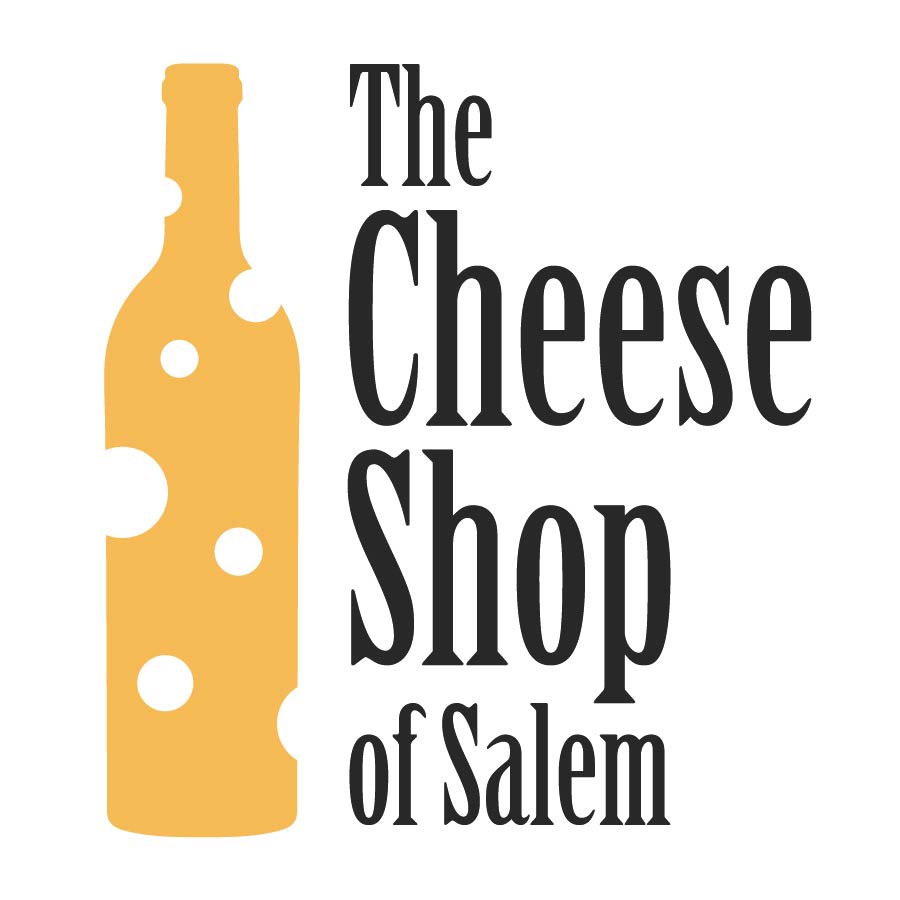Just Jura
Free tasting | Saturday, September 21, 2019 | 4-6PM
The Jura region in France is a tiny but mighty region located between Burgundy and Switzerland known for unique, eccentric wines that are unlike any other wine in the world, and pair perfectly with rich Alpine cheeses like Comté. While Burgundy is only an hour drive from Jura, the winemaking styles in these notable regions are quite different. Currently there are five major grape varieties that grow on 2,000 hectares of land. This wasn’t always the case; before phylloxera hit this region, there were about 40 different grape varieties harvested.
The heart of this region is an ancient grape variety called Savagnin. Savagnin is a tempermental grape that has irregular yields and is well-suited to the cold and rainy weather of the Jura. Occasionally these grapes don't ripen until December (usual harvests occur between August-October). But for all of its moodiness, Savagnin produces amazing wine, which includes the mythical vin Jaune. Don’t be fooled by the cutesy mini-bottles that vin Jaune usually comes in. Vin Jaune packs a serious punch! To begin with, vin Jaune can only be 100% Savagnin. These grapes are purposefully harvested later (late October or November) and then the grapes slowly ferment. Midway through fermentation the grapes are transferred into 228 liter old oak barrels when the oak barrels are purposefully left slightly unfilled. This allows a thin layer of yeast to form, or Sous voile (under a veil) of flor yeast to protect the wine from oxidation.
The wine then ages for at least 6 years and 3 months to legally be labeled as vin Jaune. Think about that for a second - that means that all vin Jaune is as old as a 1st grader! By then, the winemaker is left with about 62% of the original wine in the barrel because the rest naturally evaporated. Occasionally, there are mishaps during the aging process and a winemaker will have to bottle a barrel early; these bottles are labeled half-way vin Jaune. These baby vin Jaune are excellent and are a great way to experience vin Jaune if you’re on a tough budget.
That being said, a full vin Jaune is an experience to write home about and we’ll have one for you to try on Saturday.. While the closest comparison to this unique wine is Fino Sherry, vin Jaune is definitely its own beast. These wines have notes of freshly roasted chestnuts, ginger, and spice.
Even when fermented and aged without the yeast flor, dry Savagnin is fantastic. These wines are fun to compare with a vin Jaune side by side but have notes like spiced citrus and saltiness.
Poulsard and Trousseau are both delicious and unique reds from Jura. Trousseau is extremely pale and pink in color but packs quite a gamey and earthy punch. This is an ancient varietal that should not be underestimated. Poulsard on the other hand is light and delicate enough to be chilled. Pinot Noir from Jura tend to be delicate and floral while the Chardonnay are plusher and nuttier than those in Burgundy.
That’s Jura in a nutshell! Phew! Now, let’s drink!
The Tissot domaine. Horses hard at work in the vineyard!
Just Jura Line-up:
2008 Domaine Henri Marie, Arbois vin Jaune
Who: The Marie Family
What: 100% Savagnin
Where: Jura, France
How: Aged for 6 years and 3 months in barrel
Farming Method: Organic
Fun Facts: A member of the Marie family founded this winery in 1632.
Tasting Notes: Salty, nuttiness with a smooth luxurious body.
2012 Domaine de la Tournelle ‘Fleur de Savagin’
Who: Evelyne and Pascal Clairet
What: Savagninn
Where: Jura, France
How: The grapes were fermented in tank before they spent 18 months aging in barrels.
Farming Method: Organic
Fun Fact: Evelyne and Pascal have their own bistro in Arbois.
Tasting Notes: All mineral driven with some apricot.
2008 Domaine de la Tournelle ‘Les Corvees Sous Coron’
Who: Evelyne and Pascal Clairet
What: Chardonnay
Where: Jura, France
How: The fermentation starts in tank and then the wine is transferred into 228 liter old barrels to finish fermentation. The Chardonnay is then aged for 18-24 months in barrels.
Farming Method: Organic
Fun Fact: Extending into France from Switzerland are the Jura Mountains; this mountain range is 225 miles long!
Tasting Notes: Warm notes of baked pears and apples.
2013 Domaine de Savagny, Chardonnay
Who: Emilie Noël
What: Chardonnay
Where: Jura, France
How: Traditional vinification in thermo-regulated stainless vats and then aged in French oak barrels for 18 months.
Farming Method: Farming is sustainable
Fun Fact: Soil types are mostly clay and limestone, also marl on the lower hillsides.
Tasting Notes: Ripe stone fruit and oxidative pear notes. Viscous, full-bodied, plush in the mouth.
2018 Bénédicte et Stéphane Tissot, Arbois Rouge Sans Souffre DD
Who: Bénédicte et Stéphane Tissot
What: Poulsard, Trousseau, and Pinot Noir
Where: Jura, France
How: "DD" is bottled without the addition of any sulfur dioxide and as such is not for long-term aging.
Farming Method: Organic, Biodynamic, Gluten-free, No sulfites added, Sustainable, Vegan
Fun Fact: The domaine was certified organic in 1999 and biodynamic in 2004 and new plantings were all done with massale selection rather than the clones then used throughout the region.
What It Tastes Like: Dusty strawberries. But, like, the best dusty strawberries you’ve ever had?








